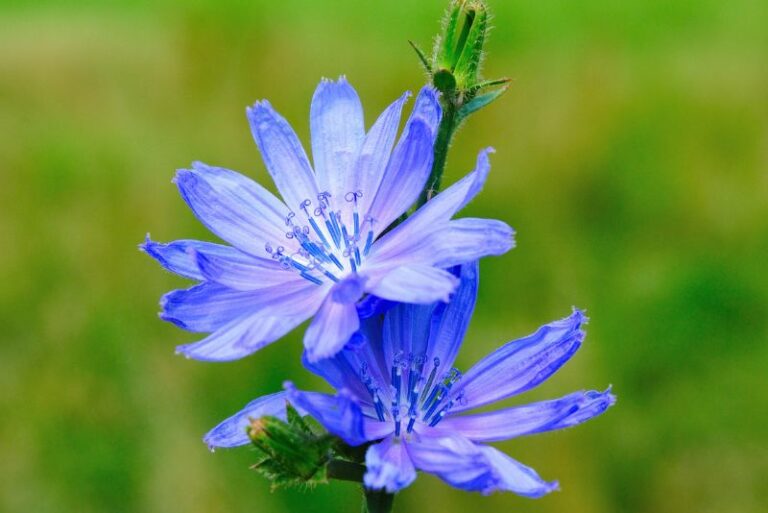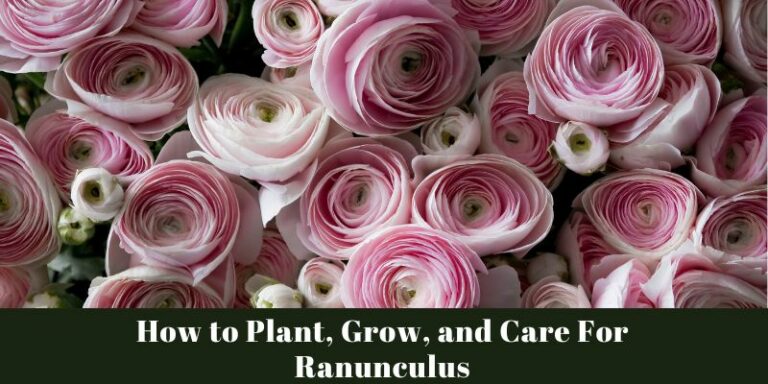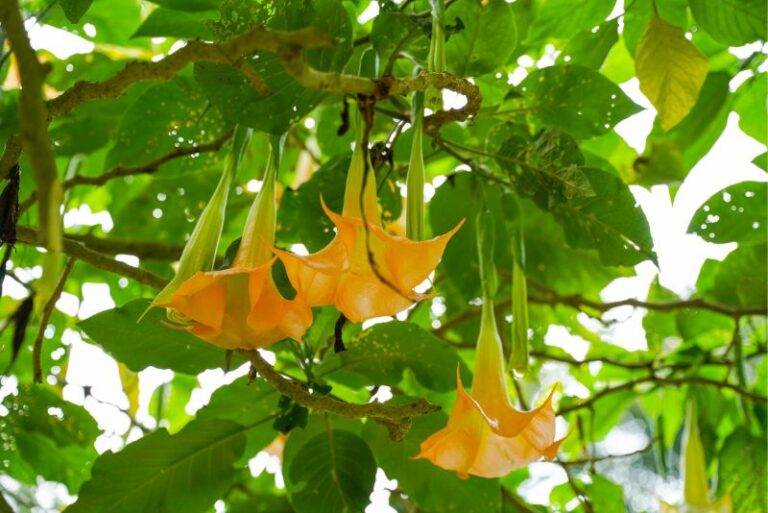How to Grow Ivy Geranium: the Queen of Hanging Baskets
If your vision of the perfect garden features a cascade of vibrant color, then the ivy geranium, Pelargonium peltatum, is a royal addition you shouldn’t overlook. Coveted for its lush, trailing vines and prolific, showy blooms, the ivy geranium is the epitome of elegance and charm. A true favorite among gardening enthusiasts and floriculture aficionados, it gracefully commands attention in hanging baskets, containers, and even window boxes.
In this comprehensive guide, we’ll take you through every stage of growing and caring for these botanical gems, so you can enjoy a season after season of their enchanting presence. Whether you’re a seasoned green thumb or a novice eager to elevate your gardening game, the following steps promise a bountiful display of ivy geraniums in your outdoor sanctuary.

Before you delve into the planting process, it’s crucial to set the stage — after all, a good performance depends heavily on the lighting and props.
Sunlight Requirements
Ivy geraniums thrive in areas that receive ample sunlight, ideally a minimum of 6-8 hours a day. Look for spots with a mix of direct and indirect light to nourish their blooms without scorching the delicate foliage.
Soil Preferences
Select a well-draining potting mix with a slightly acidic to neutral pH. Sandy loam or peat-based soils provide a good balance of aeration and moisture retention, which is vital for ivy geraniums as they detest being waterlogged.
Planting Process
Getting your babies into the soil (or pot) is an exciting moment, but it requires some finesse to ensure their roots and leaves have the best possible start.
Selecting Healthy Plants
When selecting ivy geraniums from the nursery, look for healthy, bushy specimens with rich green leaves and no signs of yellowing or wilting. Examine the soil around the plants for any indications of pests or diseases.
Planting in Containers or Hanging Baskets
For containers, choose pots with ample drainage holes and a diameter that accommodates the potential spread of the plant. Hanging baskets should be lined with sphagnum moss or a well-draining material to keep the soil in while allowing water to escape.
Proper Spacing and Depth
Space ivy geraniums at least 12-18 inches apart to give each plant room to grow. When planting, the top of the root ball should be level with the soil line to prevent stem rot and deep enough for stability.
Watering and Feeding
Water is life, and food is fuel — get the balance right to fuel your ivy geranium’s journey to botanical greatness.
Watering Frequency and Techniques
Ivy geraniums prefer even moisture and will droop dramatically to signal their thirst. Water the soil directly, avoiding the foliage, and allow excess water to drain away. Self-watering containers are a fantastic innovation for those who tend to be a bit forgetful.
Fertilization Schedule and Types of Fertilizers
Feed your plants every 2-3 weeks with a balanced, water-soluble fertilizer during the growing season (spring through fall). High phosphorous formulas are great for encouraging blooming. Spread organic compost around the base once every 1-2 months as an alternative.
Maintenance Tips
Keep your ivy geraniums in the best shape possible with some regular TLC.
Deadheading and Pruning
Pinch off spent flowers to encourage new growth and prolong the blooming period. Prune back leggy or overgrown stems to promote a bushier, compact shape.
Managing Pests and Diseases
Prevention is the best policy, so maintain good air circulation, and avoid overhead watering. Pests like spider mites and whiteflies can be deterred with a strong spray of water and controlled with insecticidal soap. For diseases like botrytis, ensure the plants aren’t overcrowded and have good air flow.
Seasonal Care
With the weather changes, your gardening regimen should change too. Here’s how to adapt.
Winterizing Tips
In colder climates, bring your geraniums indoors before temperatures drop below 45°F (7°C). Trim them back and keep the soil barely moist, waiting to see new growth before ramping up your care.
Spring Rejuvenation
As the earth wakes up from its winter slumber, your plants will too. Move your geraniums back outside when all danger of frost has passed. Re-pot if necessary, and gradually reintroduce them to the outdoor environment.
Benefits of Growing Ivy Geranium
More than just a pretty face, ivy geraniums offer several advantages that make them a wise choice for any gardener.
Aesthetics and Versatility in Landscaping
Ivy geraniums are iconic for their ability to soften and beautify any area with their gentle, cascading growth. They are perfect for hanging baskets, window boxes, and as a lovely trailing addition to any floral arrangement.
Environmental Benefits
As with all plants, the humble ivy geranium contributes to the environment by releasing oxygen and helping to filter the air. Their dense foliage also provides a haven for beneficial insects and birds.
Conclusion
Growing ivy geraniums can be a rewarding experience for any gardening enthusiast. By carefully tending to their needs, you can achieve stunning results that will elevate the charm of your outdoor spaces. Remember, each plant has its own unique personality, so observe and adjust your care routine as needed. In the end, the ivy geranium’s innate beauty will be magnified by the attention you give it, and your hanging baskets will become a picturesque realization of your horticultural vision.






